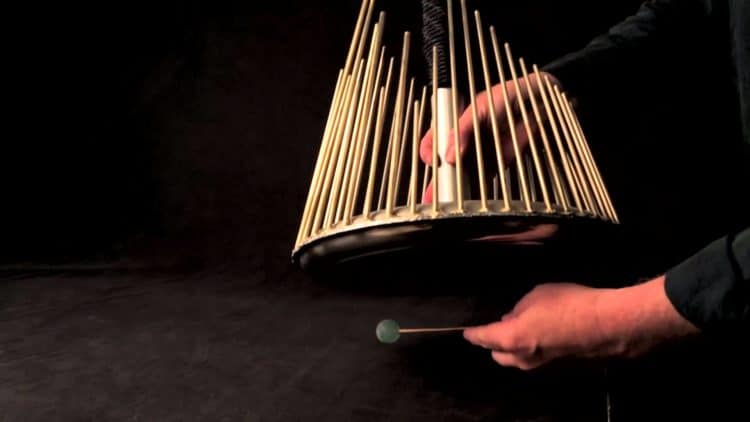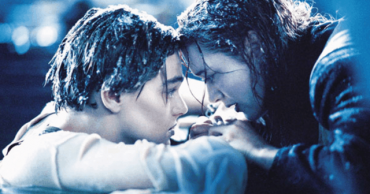
You know those scenes in movies where something bad is about to happen? Or maybe it’s a scene where someone enters a really strange room and you see a close up of their face. The music in the background kind of represents their fear. Ever notice that when these scenes occur it’s usually with the same instrument? Have you ever stopped to think what instrument that is? I haven’t. But today I came across this video and realized that it’s the waterphone.
This particular video is of Richard Waters’ waterphone made by Brooks Hubbert. Brooks is an amazing musician and instrument builder who knew and worked with Richard. The new bass waterphone you see above is resonant, responsive and expressive. Happy Halloween and enjoy the video!
Here’s some more on what the waterphone is.
A waterphone (also ocean harp or AquaSonic waterphone) is a type of inharmonic acoustic percussion instrument consisting of a stainless steel resonator bowl or pan with a cylindrical neck and bronze rods of different lengths and diameters around the rim of the bowl. The resonator may contain a small amount of water giving the waterphone a vibrant ethereal sound that has appeared in movie soundtracks, record albums, and live performances. The instrument was invented and developed by Richard Waters sometime between 1968 and 1969.
Several sizes and design variants of the instrument exist. It is generally played in a seated position by a soloist and either bowed or drummed, played as a friction or struck idiophone, with movements to affect the water inside. This combines the resonant characteristics of the bowl and rods in combination with the movement of the water. The sound of the waterphone is often used to evoke mystery and suspense. A superball mallet has become the prime way of drumming the waterphone.
The waterphone is a modern invention influenced by a Tibetan drum, encountered by the inventor in the early sixties, containing a small amount of water affecting its timbre. It is also related to the nail violin, which also used a resonator and rods (nails), and is struck or bowed
 Follow Us
Follow Us





